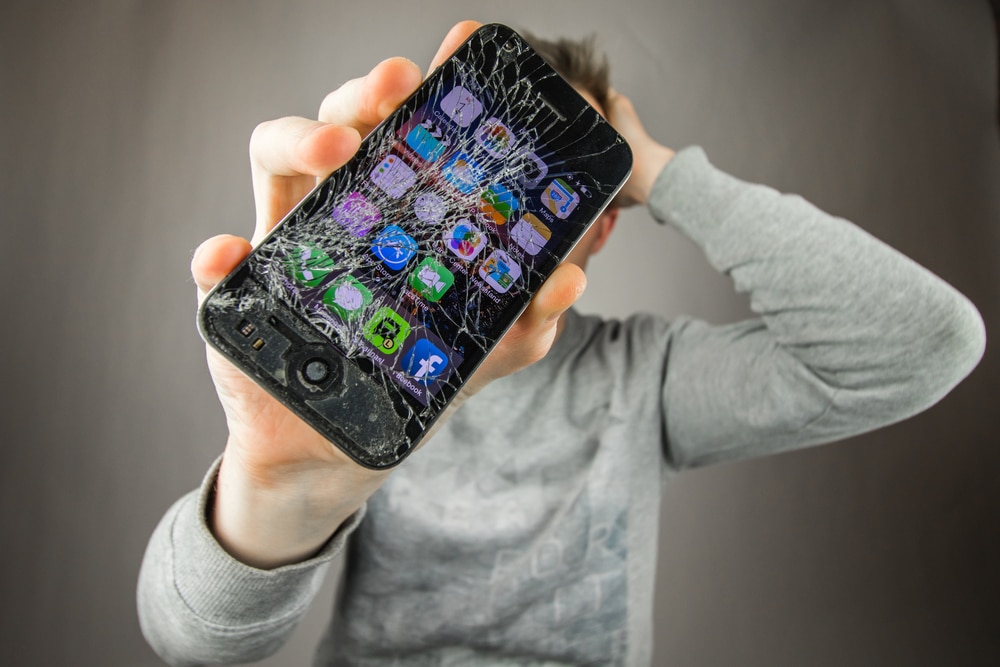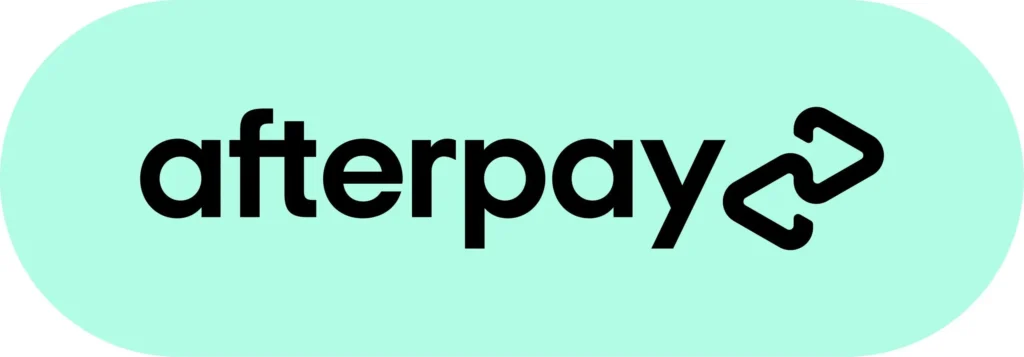Just when you were grabbing your iPhone while sipping your coffee with the other hand, it slipped somehow and landed screen-facing on the floor. You lift it with fear, only to find it is true. Your iPhone’s screen broke. That’s heartbreaking. The only good thing you can do is to send it to an expert who fixes it. But how much would it cost? Is it going to break your budget as well or not? Let’s discuss.

The Real Cost of a Broken Screen
The display of an iPhone is usually around 15% of the entire device’s production cost. That looks like a small share, but it’s massive for a device with hundreds of parts. The cost of that shatter depends on the model you have. If you’re researching iPhone repairs in Auckland, you’ll discover multiple quotes ranging from affordable to expensive.
Breaking Down the Price Tags
Let’s get specific with the numbers.
iPhone SE and older models usually fall in the $100-$130 range for screen replacements. That’s because these devices are simple, the market’s full of their parts, and it’s easy for repair shops to source their components.
If you’re talking about mid-range models like the iPhone 12 or 13, you’re looking at a price range of $250-$400, depending on whether you need a standard screen or an OLED replacement. The fancier the tech, the pricier it gets.
Now comes the super-expensive ones. The Pro and Pro Max models. This is where the costs appear to be a budget buster. $400 to $600 isn’t unusual in this segment, especially for the latest models. Those ProMotion displays and ceramic shields don’t come cheap.
| Model | Approx Repair Charges | Typical turnaround |
| iPhone SE (2020-2022) | $100 to $180 | Same day |
| iPhone 11 | $200 to $280 | Same day |
| iPhone 12/13 | $250 to $380 | 1 to 2 hours |
| iPhone 14 | $350 $450 | 1 to 2 hours |
| iPhone 15 Pro/Pro Max | $450 to $600 | 2 to 4 hours |
These are the third-party figures. If you want to go with Apple’s official repairs, you’ll probably end up paying 30 to 50% more. This brings us to the next point.
Official vs. Third-Party
Apple stores offer trust and credibility. You know there’ll be Apple specialists who fix these devices every single day. Additionally, genuine parts and warranty preservation are also key factors that make them a popular choice. But the drawback is that you’ll end up paying a handsome amount for these assurances.
Third-party repair shops might not look like a trustworthy option. But they’re the underdogs of the story here. They’re quicker, cheaper, and often just as experienced (or sometimes even more) than those officials. The catch? Quality might vary dramatically between these providers.
Some use premium aftermarket displays that rival Apple’s originals. Others source bargain-basement components that look fine initially but fail within months.
However, there are experts like 73Inc Limited that, despite being a third-party provider, offer the same level of expertise as Apple’s officials. The costs aren’t as skyrocketing as you see in an Apple store, and the expertise is unmatched.
Hidden Factors That Inflate Your Bill
Screen damage itself is painful. However, sometimes things can go awry when it’s not just the screen. What looks like a simple glass damage can actually involve a dead digitiser (the touch-sensitive layer). In this case, your screen might look fine, but it won’t respond.
Or probably that LCD beneath the glass isn’t healthy as well. This can result in discoloured spots or dead pixels.
Water damage can complicate things further. It might corrupt your data, making iPhone data recovery essential before any repair work.
The point is, those additional damages that you don’t even know about will add up to the eventual bill.
How to Choose Your Repair Shop Wisely
Not all repair shops deserve your attention.
An iPhone is an expensive and complicated device. You need hands-on experts who know their way around the phone.
Before you randomly visit a repair in desperation, do some research. Check reviews obsessively, not just those Google ratings that hide more than they reveal. Look at the testimonials. Look for mentions of warranty policies, parts quality, and how shops handle complications.
Ask about part sourcing. You don’t need to be shy and surrender totally to the expert. “OEM quality” is marketing speak. “Genuine refurbished” or “premium aftermarket“ are better indicators. You’ll probably save $50 with a budget screen. However, it might fail within three months. And you can’t afford another hefty repair.
Ask about the warranty. A reputable shop offers at least a 90-day warranty. And get multiple quotes before finalising.
The Bottom Line
Broken screens are an eyesore and an expensive deal. And if it’s an iPhone, you’ve got to be ready to shell out some dollars. But before you spend a dime, research. What are officials charging, and how much are those third-party providers asking?
If an offer feels tempting, check the reputation of that provider before handing over your device.
Also, assess the condition of your device. Is it an outdated model or a newly launched one? A latest model will cost a fortune, while a dated one usually doesn’t deserve enough investment.


